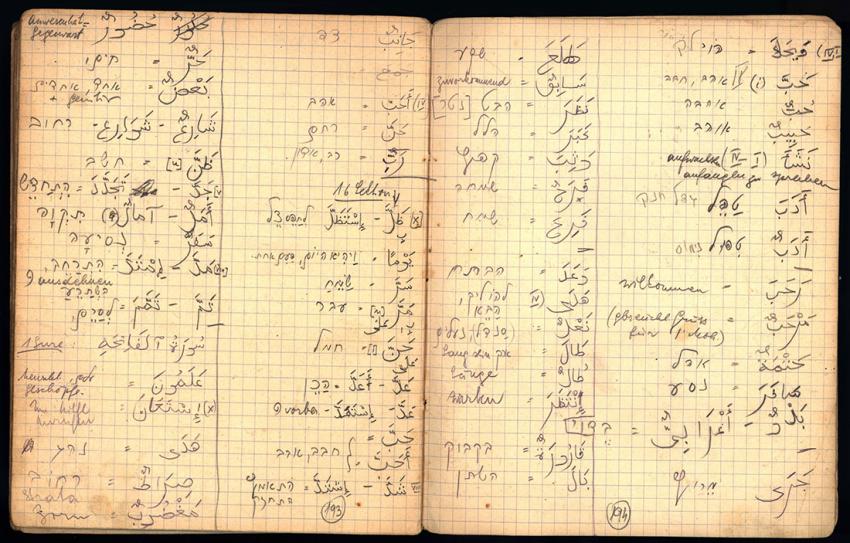The Yad Vashem collections form the world's most extensive archival repository on the subject of the Holocaust. At a time when the survivor generation is dwindling, Yad Vashem seeks to keep the memory of the Shoah alive by giving voice to the many and varied items in its collections. There is a story behind every photograph, every work of art, every letter, every object: the story of an individual, a family, a community. We invite you to explore Yad Vashem's collections and discover the wealth of personal stories they tell.
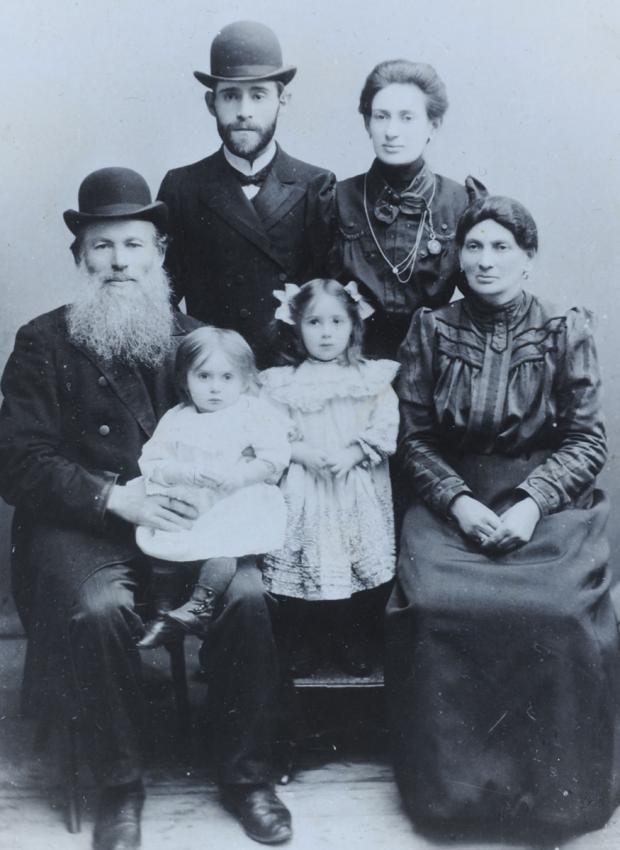
Duet in the Vilna Ghetto: Yehiel and Zlata Burgin
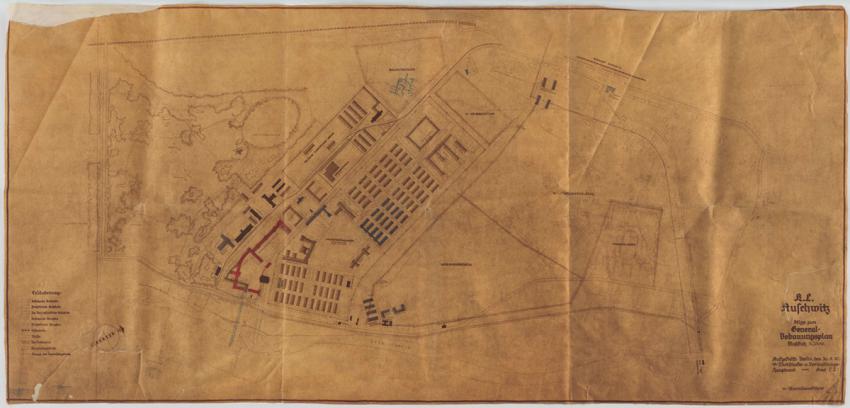
Architecture of Murder. The Auschwitz-Birkenau Blueprints
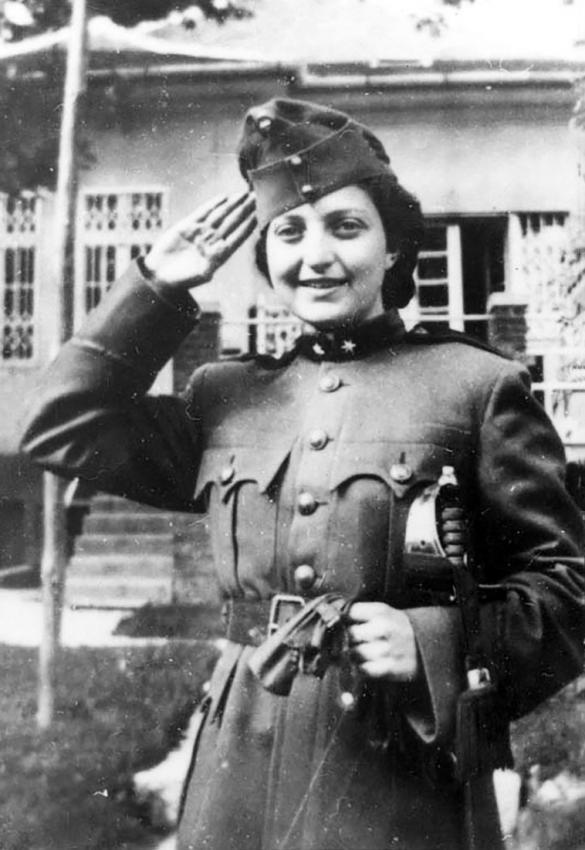
Hannah Szenes: Zionist, Paratrooper and Poet
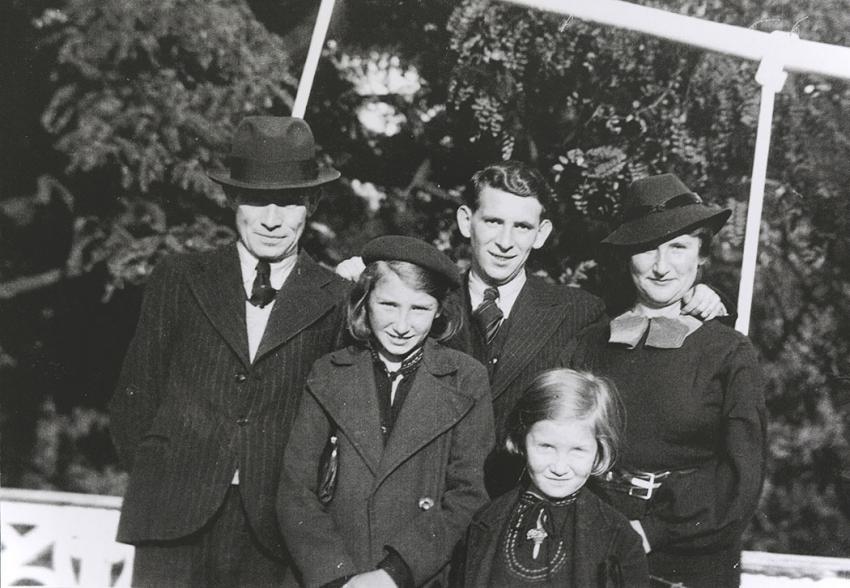
Escaping Deportation from Rivesaltes: the Story of the Krieser Sisters
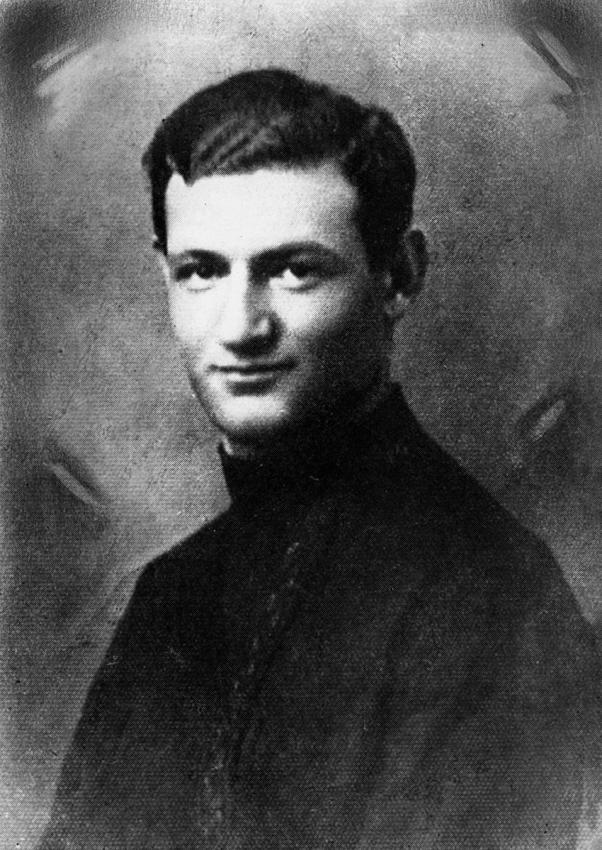
Yechiel's Struggle Group in the Vilna Ghetto
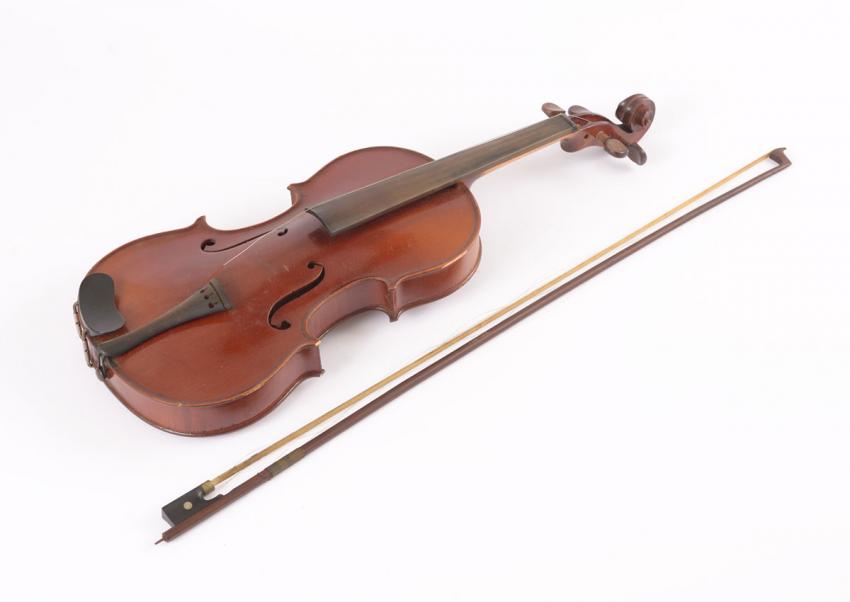
Pierre Wolkowicz's Violin and Last Letter
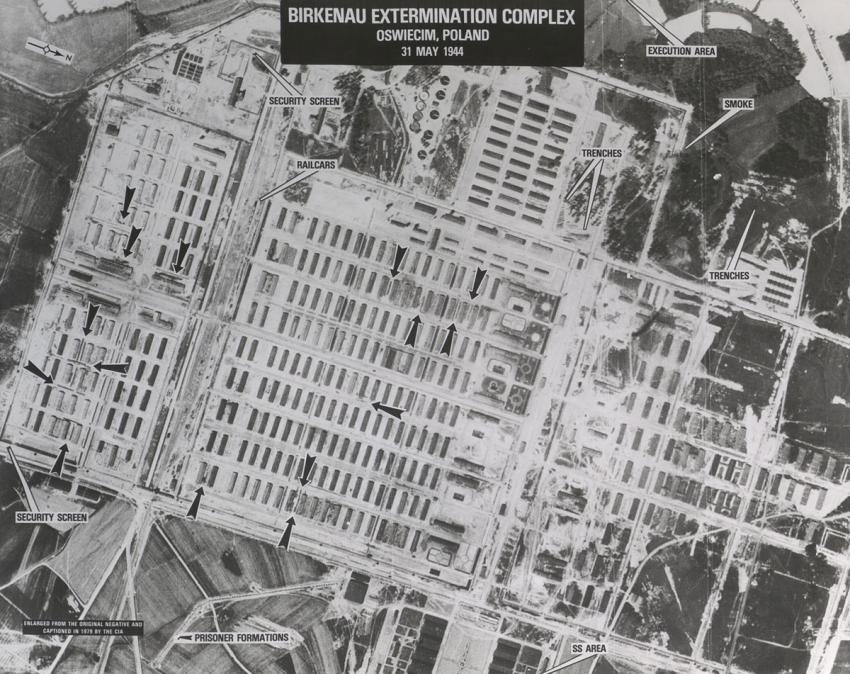
Aerial Photographs of Auschwitz
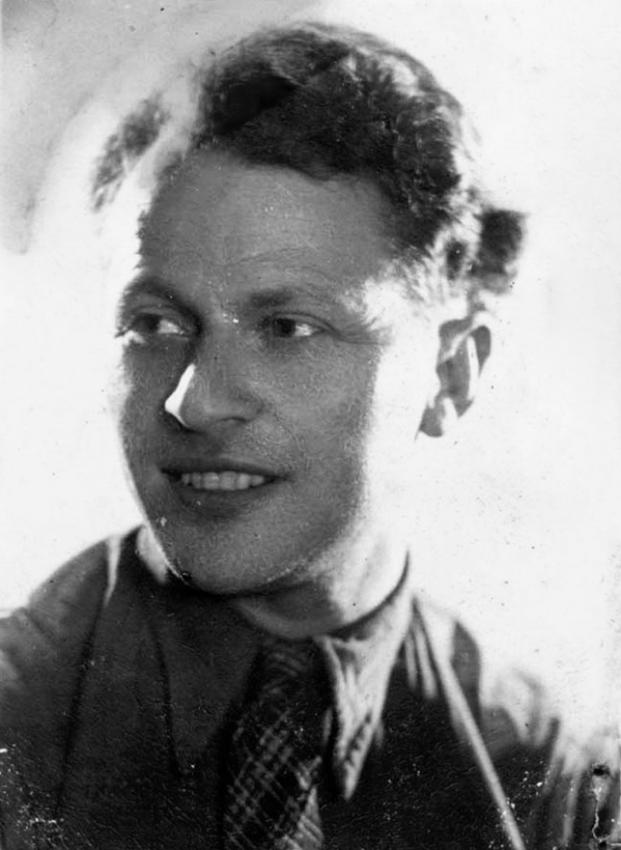
Shabtai Bleicher, a Theater Actor in the Vilna Ghetto, 1906-1944
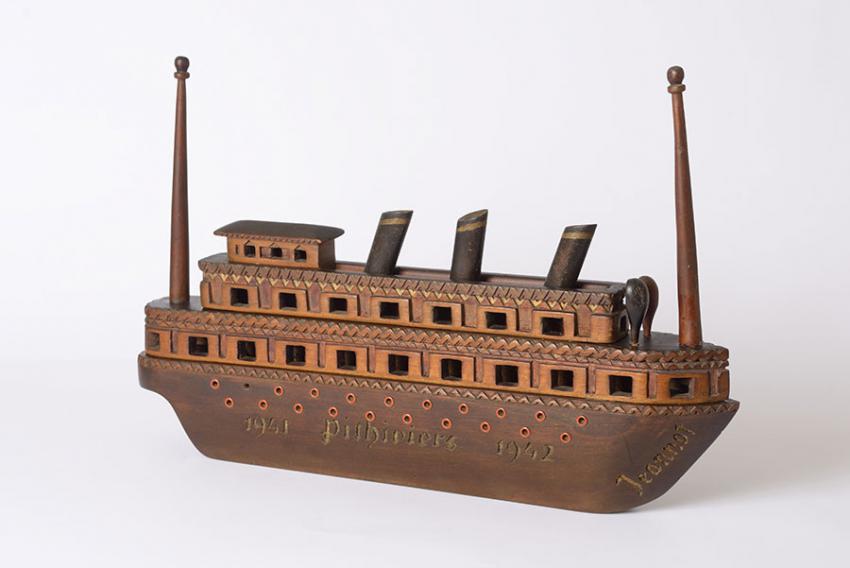
Toy Boat from Pithiviers
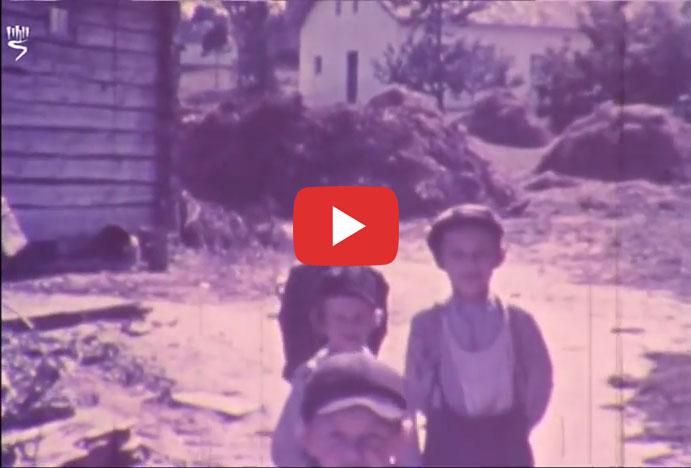
Rare Color Footage Depicting Jewish Life in the Shtetl before the Holocaust
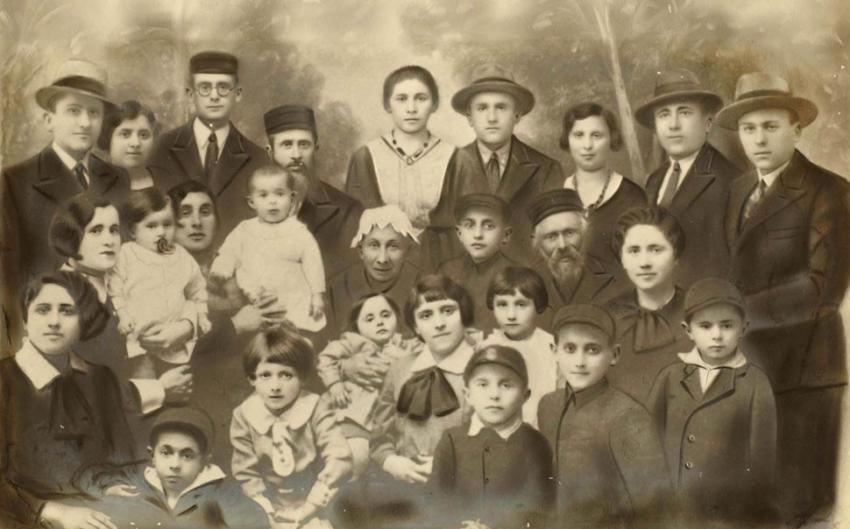
The Pitel Family
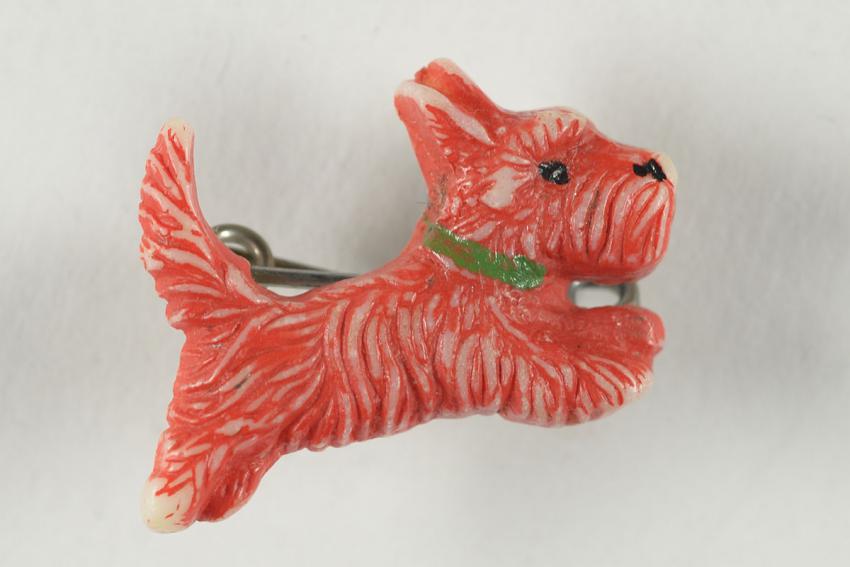
Brooch in the shape of a puppy that Anna Nussbaum received as a parting gift from her father
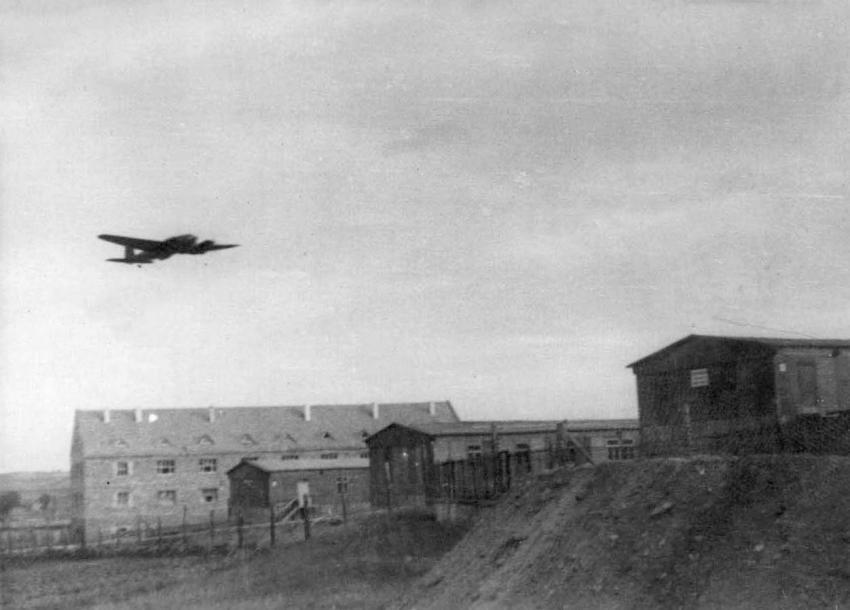
Aerial Evidence for Schindler’s List
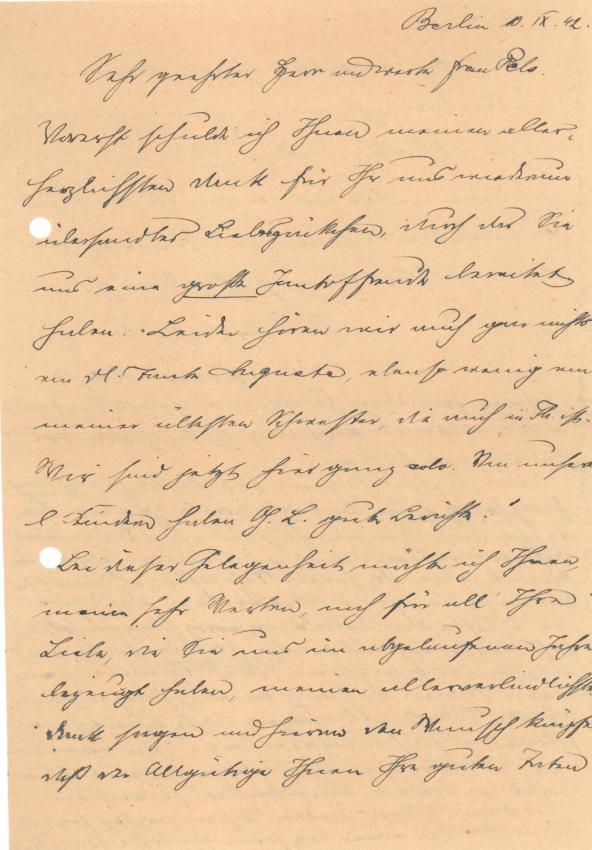
Meine Liebe Frau Pels
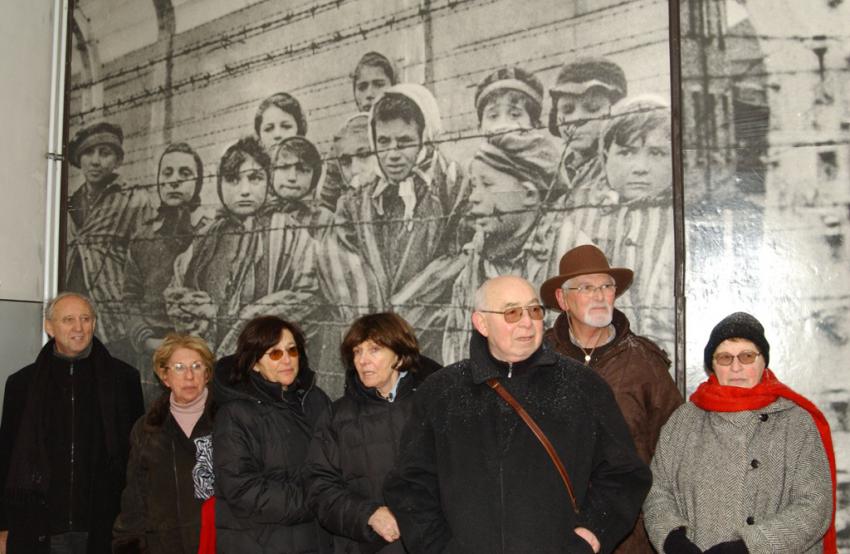
Child Survivors at the Liberation of Auschwitz – 27 January 1945
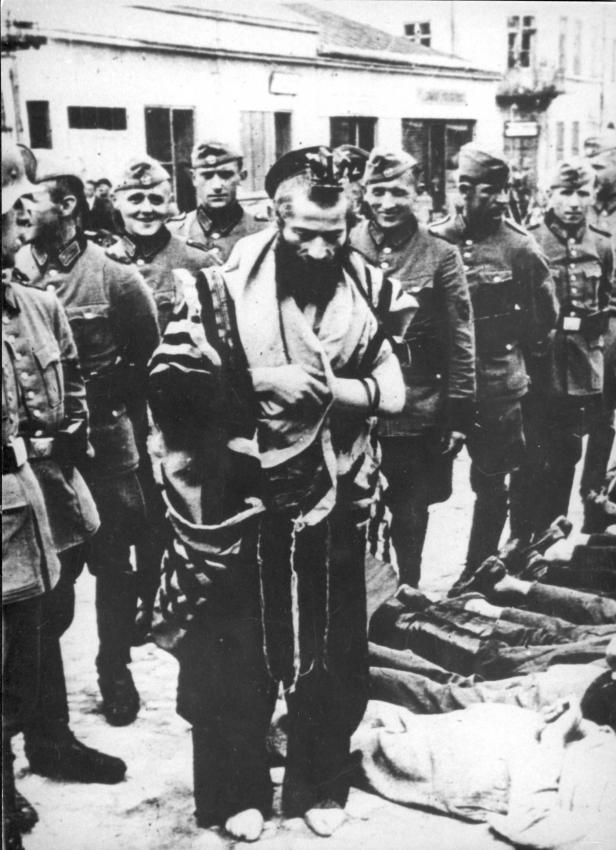
German Police Activity in Olkusz, 31/7/1940
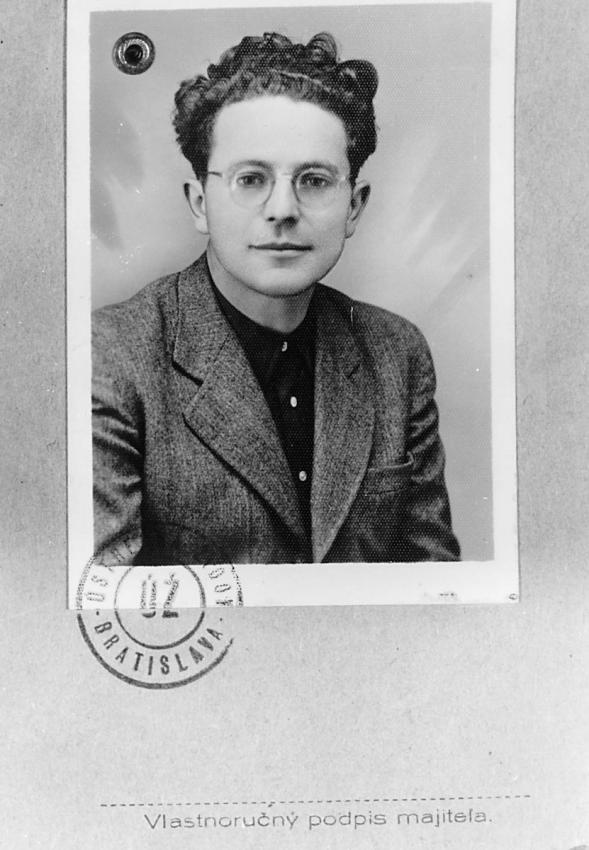
Album of Passport Photographs of Slovak Jews
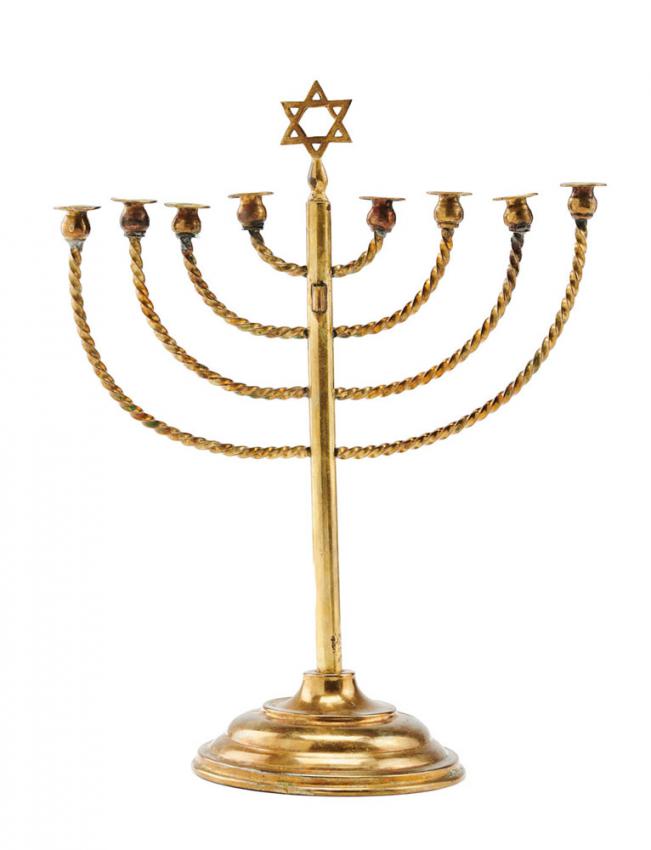
Prewar Hanukkah Menorah owned by the Posner family in Kiel, Germany
(1932)
"Death to Judah"
So the flag says
"Judah will live forever"
So the light answersThe date of 1932, inscribed on the back, most likely refers to the date the picture was developed.Rabbi Dr. Akiva Posner, Doctor of Philosophy from Halle-Wittenberg...




